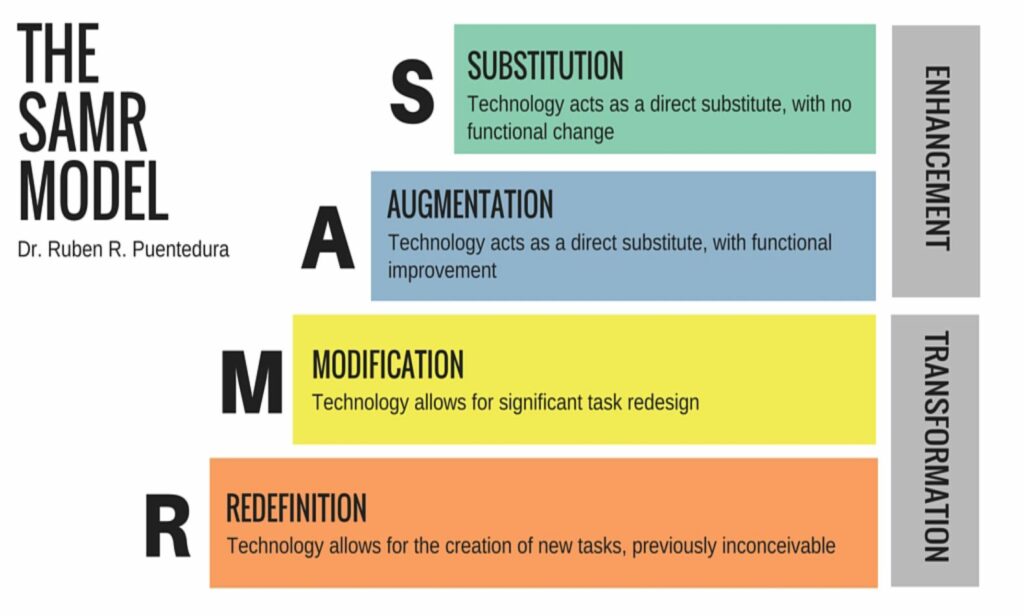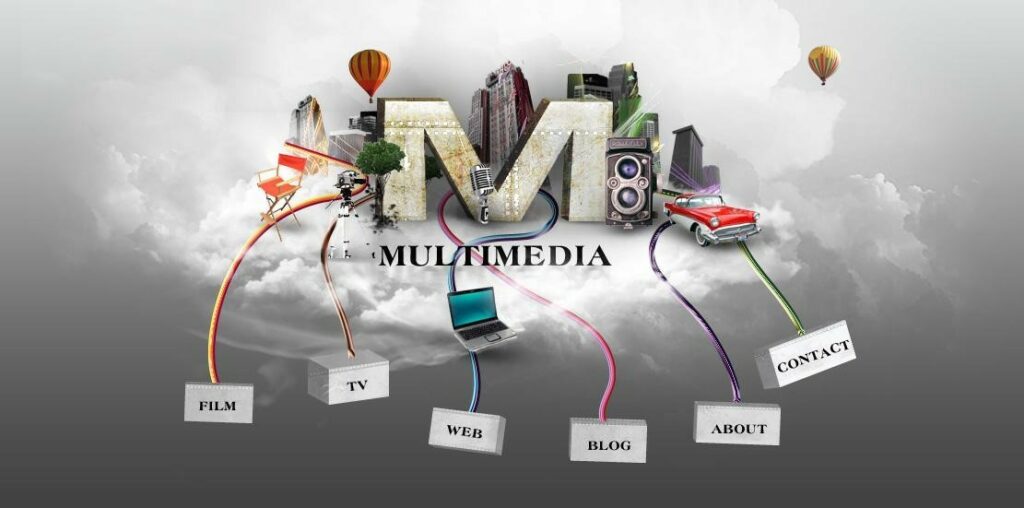Through this lesson, I learned the great role of multimedia learning in teaching and learning, and I can even say that multimedia learning is an essential part of teaching and learning, and also let me feel the diversity of multimedia and the fun of multimedia and interactive learning. I also learned a lot about the theory of multimedia learning, which I can combine and apply in the process of producing multimedia learning, which can make my multimedia teaching more efficient and attractive.
Through its final week of study, The Clark-Kozma Debate, the debate focused on whether new media using the same pedagogy would lead to different learning outcomes. Of course two different outcomes emerged.
- If the teaching methods are the same, such as moving from face-to-face lectures to online classes, the learning outcomes don’t vary much.
- Learning outcomes can be positively and significantly impacted when newer, more effective multimedia instruction is used.
At the end, what is the next step in the development of multimedia teaching and learning. The answer is artificial intelligence. “Artificial intelligence” is a collection of computer technologies that can perform tasks that simulate human intelligence. Because artificial intelligence is more intelligent than multimedia, it can help better in classroom learning.

Reference
Kozma, R. B. (1991). Learning with Media. Review of Educational Research, 61(2), 179–211. https://doi.org/10.3102/00346543061002179
The media debate. (n.d.). In EduTech Wiki. Retrieved June 19, 2020, from http://edutechwiki.unige.ch/en/The_media_debate







Recent Comments